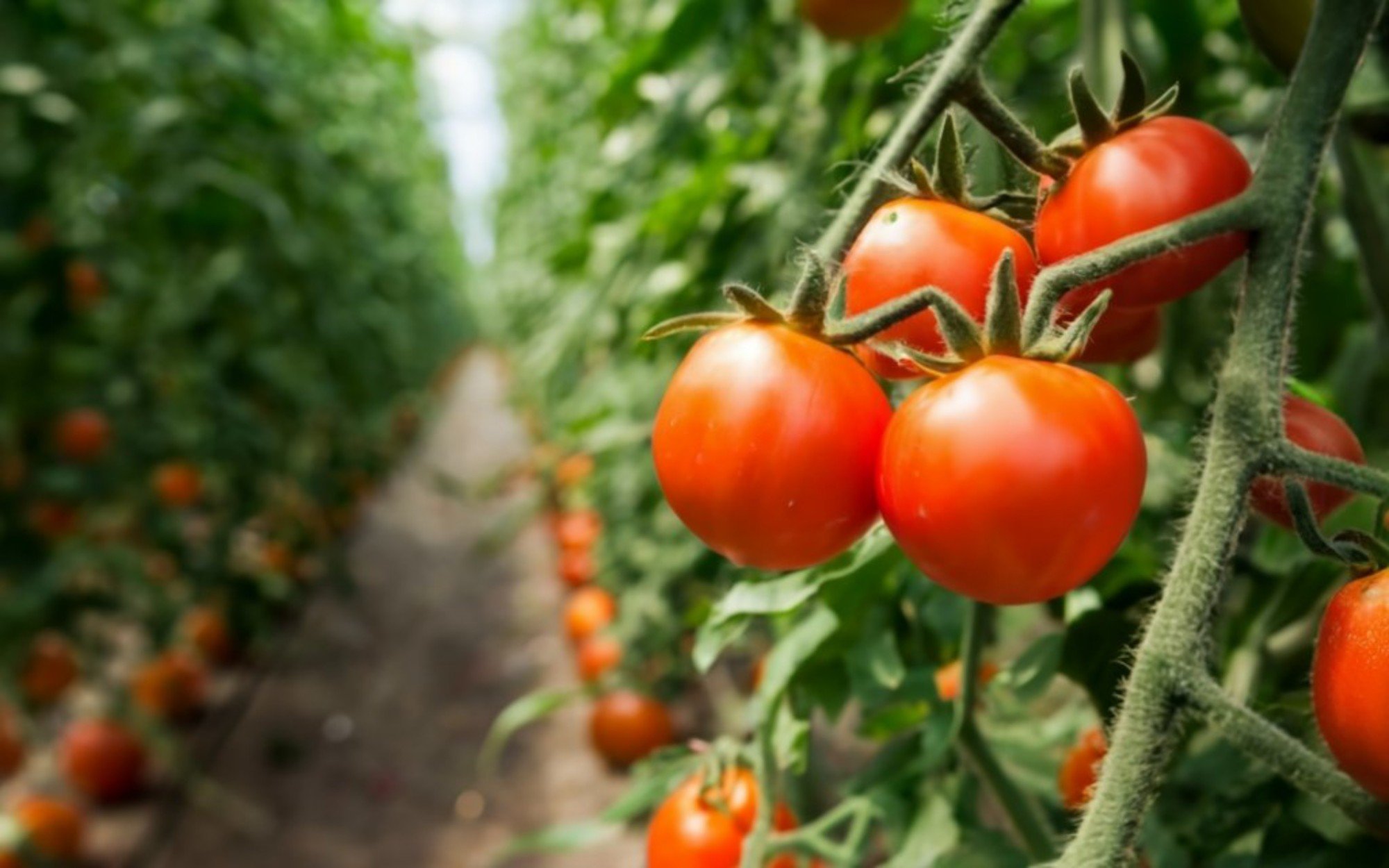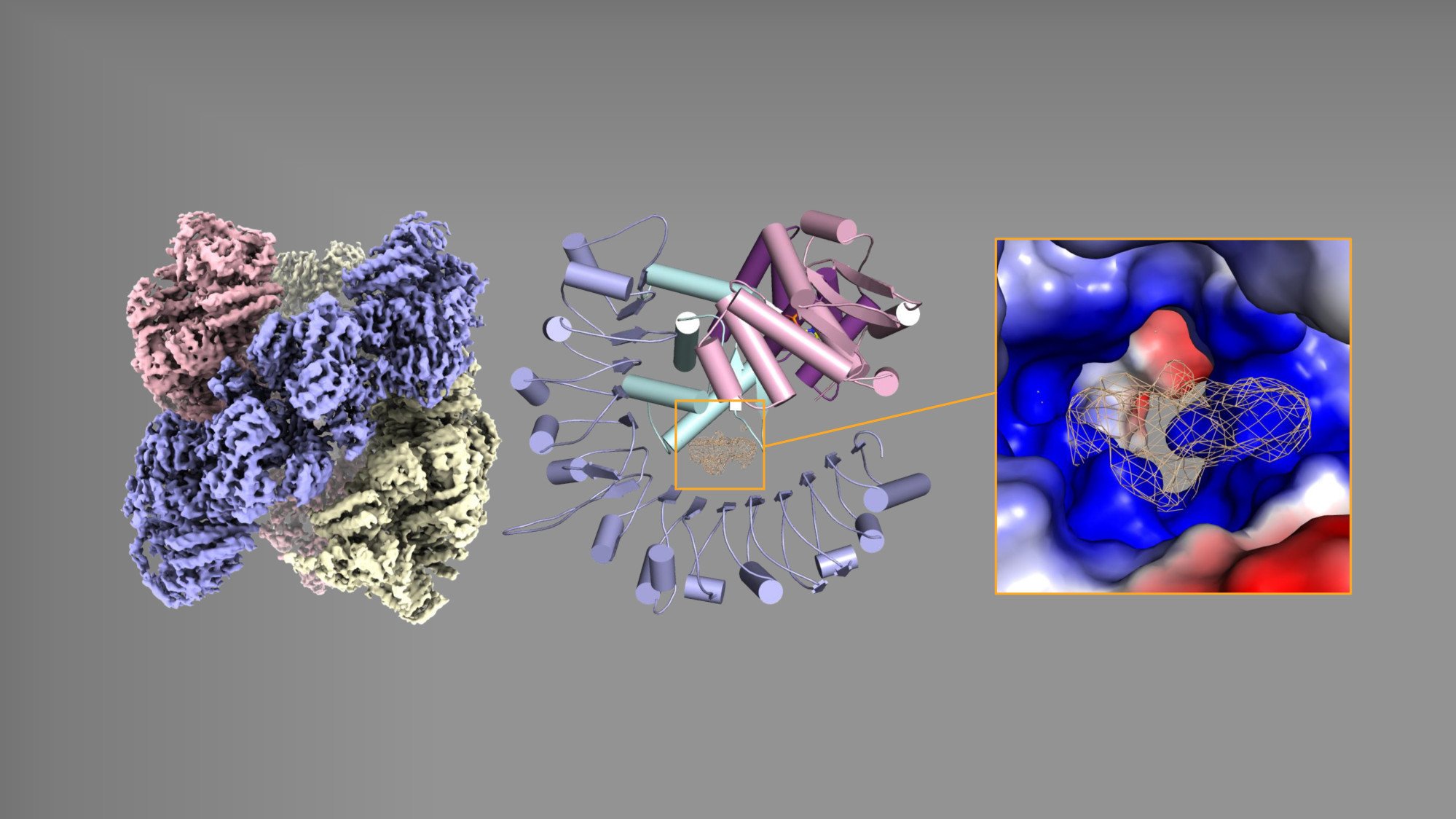The United Nations Food and Agriculture Organisation estimates that between 20 and 40 per cent of global crop production is lost each year because of plant pests and microbial pathogen infections.
According to the paper, the scientists found their first clue in tomatoes, which feature a class of proteins that behave differently from those found in the immune systems of other plants.
Most plants have two lines of immune defence – one on the surface of its cells and another inside them, dominated by a disease-resistant protein called NLR.
These proteins, encoded by disease-resistance genes, recognise specific invading pathogens and flood the immune system, triggering an efficient and rapid response, helping the plant to deal with its enemies.
Usually, the proteins are tightly regulated and present at relatively low levels. But in the heat of battle, when the immune response is activated, it can trigger a “suicide” mechanism leading to cell death and inhibiting plant growth.
However, the researchers found that tomatoes had a class of proteins from the same family that did not seem to follow this pattern.
According to Chai and his colleagues, levels of this protein – called NRC – remain high, regardless of whether the plant is under attack, potentially triggering an immune system overreaction and even cell suicide.

The researchers analysed the structure of the tomato proteins and established that they remain stable by assembling into different forms with the help of a small organic molecule that is involved in the process of the plant’s energy metabolism.
Cao Yu, a researcher who works in the same laboratory as Chai, said the identification of the mechanism, including the helper, “has important implications” by providing a new theoretical basis for crop breeding and pest control.
The research could open up new agricultural biotechnologies to improve disease resistance in crops without interfering with their normal growth and yield by inducing an excessive immune response, he said.
Scientists have long known that plants, like animals, are equipped with an immune system, with the cloning of the first plant disease resistance gene providing molecular proof in 1994. But the biochemical functions of plant NLR proteins remained poorly understood.

Shi, who was a young assistant professor at Princeton University’s molecular biology department, accepted Chai as his first postdoctoral fellow in 1999.
Last year, in an interview with The Economic Observer in China, Shi described his former student as “one of the world’s leading scientists” in his field.
On his return to China in 2004, Chai joined the National Institute of Biological Sciences in Beijing as an independent principal investigator, focusing his research on the then-fledgling field of plant immunology.
Last August, Chai and his long-time collaborator Zhou Jianmin won China’s prestigious Future Science Prize for their pioneering contributions to the understanding of immune mechanisms in plants.
Zhou, a researcher at the Chinese Academy of Sciences’ Institute of Genetics and Developmental Biology, and Chai shared in the US$1 million prize, initiated in 2016 by a group of scientists and entrepreneurs to promote basic scientific research in China.
The privately funded award recognises outstanding scientists in three main areas – life sciences, physical sciences, and mathematics and computer science.

Daisy Hips is a science communicator who brings the wonders of the natural world to readers. Her articles explore breakthroughs in various scientific disciplines, from space exploration to environmental conservation. Daisy is also an advocate for science education and enjoys stargazing in her spare time.






